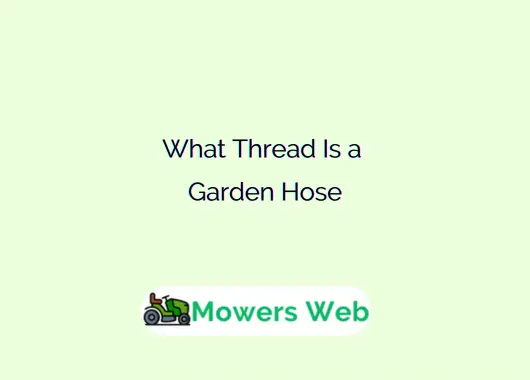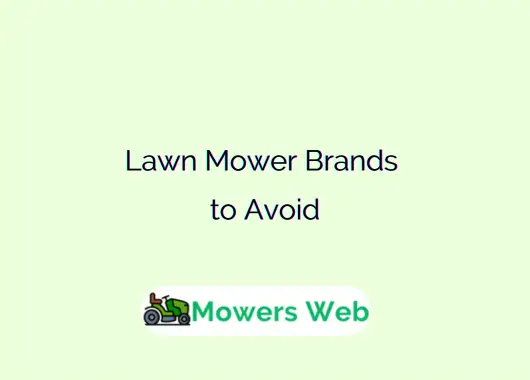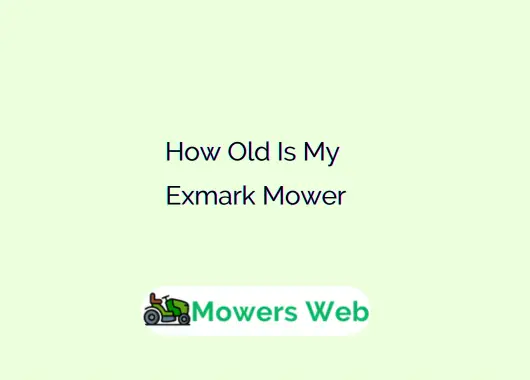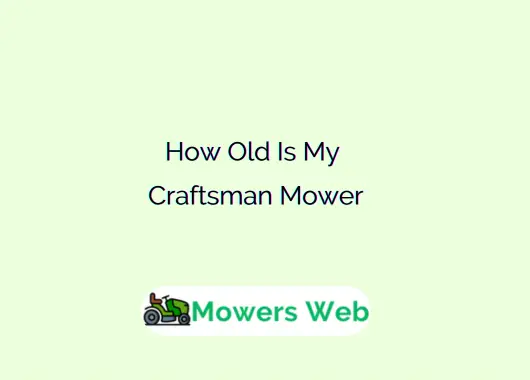When it comes to garden hoses, one of the most critical yet often overlooked aspects is the thread type. The thread of a garden hose refers to the specific design of the screw-like ridges on the hose’s fittings, which allow it to connect securely to faucets, nozzles, sprinklers, or other attachments.
What Thread Is a Garden Hose
A garden hose typically uses National Hose Thread (NHT) or Garden Hose Thread (GHT) in the U.S., characterized by a 1.0625-inch diameter and 11.5 threads per inch, designed for low-pressure water systems up to 200 psi. This standard ensures compatibility with most U.S. faucets, nozzles, and sprinklers.
Other thread types, like National Pipe Thread (NPT) for plumbing or British Standard Pipe (BSP) for international hoses, are not directly compatible without adapters.
To identify a hose’s thread, measure the diameter, count threads per inch, or check for tapering, and use adapters like NH/GHT to NPT for mismatched connections, ensuring a secure, leak-free setup for gardening or outdoor tasks.
Related How to Repair Expandable Garden Hose(In 5 Quick Steps)
What Are Garden Hose Threads?
Garden hose threads are standardized patterns of ridges on the ends of hoses and their fittings. These threads allow the hose to screw onto a faucet or other equipment, creating a watertight seal. The threading ensures that water flows efficiently without leaking at the connection points.
Threads are typically described by their size, pitch (the distance between threads), and whether they are male (external) or female (internal).
In the United States, the most common thread type for garden hoses is the National Hose Thread (NHT), also referred to as Garden Hose Thread (GHT).
This standard ensures that most garden hoses, faucets, and accessories are compatible with one another. However, variations exist, especially when dealing with hoses or fittings from different countries or for specialized applications.
Related How Many GPM from a Garden Hose(+ 5 Factors Affecting It)
Standard Garden Hose Thread: NH/GHT
The National Hose Thread (NHT) or Garden Hose Thread (GHT) is the standard for most garden hoses in the U.S. Here are its key specifications:
- Diameter: The outer diameter of the male thread is approximately 1.0625 inches (1-1/16 inches).
- Thread Pitch: It has 11.5 threads per inch (TPI), which is relatively coarse compared to other types of threads.
- Thread Type: Straight, non-tapered threads, meaning the threads do not narrow toward the end, unlike pipe threads (NPT).
- Compatibility: NH/GHT is designed for low-pressure water systems, typically up to 200 psi, which is sufficient for residential and light commercial use.
Most garden hoses in the U.S., whether they’re 1/2-inch, 5/8-inch, or 3/4-inch in diameter, use NH/GHT fittings. This standardization makes it easy to connect hoses to outdoor faucets, sprinklers, spray nozzles, or hose splitters sold in the U.S.
Related Why Wont My Karcher Pressure Washer Turn On(Fixed)
Other Thread Types You Might Encounter
While NH/GHT is the dominant standard in the U.S., you may encounter other thread types, especially if you’re using imported hoses, specialty equipment, or hoses for non-gardening purposes. Here are a few notable ones:
- National Pipe Thread (NPT):
- Commonly used for plumbing and high-pressure applications, NPT threads are tapered, meaning they get narrower toward the end to create a tighter seal.
- NPT is not compatible with NH/GHT without an adapter because of the different thread design and pitch.
- You might find NPT threads on indoor faucets or industrial equipment.
- British Standard Pipe (BSP):
- In the UK and other countries, garden hoses often use BSP threads, which have a different pitch and diameter than NH/GHT.
- BSP threads are not directly compatible with NH/GHT, so an adapter is required for cross-country use.
- Metric Threads:
- Some imported hoses or fittings from Europe or Asia may use metric threads, which vary in size and pitch. These are rare in U.S. garden hoses but may appear in specialty equipment.
- Fire Hose Threads:
- Fire hoses use a different standard, often the National Standard Thread (NST), which is larger and designed for high-pressure water delivery. These are not compatible with standard garden hoses.
Related How to Use Greenworks Pressure Washer With Soap
Why Thread Compatibility Matters
Using the correct thread type is crucial for several reasons:
- Preventing Leaks: Mismatched threads can lead to poor connections, causing water to leak at the joint. This wastes water and reduces water pressure for your tasks.
- Ease of Use: Compatible threads ensure quick and secure connections, saving time when setting up or switching attachments.
- Equipment Longevity: Forcing incompatible threads together can damage fittings, leading to costly replacements.
- Versatility: Knowing your hose’s thread type allows you to choose compatible accessories, such as pressure washers, sprinklers, or hose reels.
If you’re unsure about compatibility, check the packaging or specifications of your hose and attachments to ensure a proper fit. Many manufacturers label their products as NH/GHT or specify the thread type.
Related What Type of Oil for a Pressure Washer(+Top 3 Best Oil Picks)
How to Identify Your Hose’s Thread
If you’re trying to determine the thread type of your garden hose or fitting, here are some steps:
- Measure the Diameter: Use a caliper or ruler to measure the outer diameter of the male thread or the inner diameter of the female thread. For NH/GHT, expect around 1.0625 inches.
- Count the Threads: Measure a one-inch section of the thread and count the number of thread peaks. NH/GHT typically has 11.5 TPI.
- Check for Taper: If the threads narrow toward the end, it’s likely NPT, not NH/GHT.
- Consult the Manual: If your hose or faucet came with documentation, it may specify the thread type.
- Test Fit: If possible, try connecting the hose to a known NH/GHT fitting. If it screws on smoothly without leaks, it’s likely compatible.
Adapters and Solutions for Thread Mismatches
If you encounter a thread mismatch, don’t worry—adapters are widely available. For example:
- NH/GHT to NPT Adapters: These allow you to connect a garden hose to a standard plumbing faucet.
- NH/GHT to BSP Adapters: Useful for connecting U.S. hoses to European or UK faucets.
- Universal Adapters: Some kits include multiple thread types for versatility.
When purchasing adapters, ensure they are made of durable materials like brass or stainless steel to withstand outdoor conditions and prevent corrosion.
Related Why Wont My Karcher Pressure Washer Turn On(Fixed)
Choosing the Right Hose and Fittings
When buying a garden hose or accessories, keep these tips in mind:
- Stick to NH/GHT for U.S. Use: Unless you have a specific need, choose hoses and fittings labeled as NH/GHT for compatibility with most U.S. faucets and accessories.
- Check Material Quality: Brass fittings are more durable than plastic and less likely to crack or strip threads.
- Consider Hose Diameter: While thread type is standardized, hose diameter (e.g., 5/8-inch or 3/4-inch) affects water flow. Ensure your fittings match the hose diameter.
- Look for Anti-Leak Features: Some hoses and fittings come with rubber washers or O-rings to enhance the seal and prevent leaks.
Final words
Understanding garden hose threads is key to maintaining an efficient and leak-free watering system. The National Hose Thread (NHT) or Garden Hose Thread (GHT) is the standard in the U.S., offering compatibility across most garden hoses and accessories. However, being aware of other thread types like NPT or BSP can save you headaches when dealing with non-standard equipment or international products.
By checking thread specifications, using adapters when necessary, and choosing high-quality fittings, you can ensure your garden hose setup works smoothly for all your outdoor tasks. Whether you’re watering plants, washing your car, or setting up a sprinkler, the right thread makes all the difference.




